Photo competition: Technology for Good winners
In the run-up to the ITU Plenipotentiary Conference 2022, ITU conducted the “Photo Competition: Technology for Good,” asking people around the world to submit photo stories on the use of information and communication technology in three categories: green, gender and inclusion. More than 200 people from 50 countries submitted photo stories on what Technology for Good means to them. From personal stories to United Nations and national projects, people let us enter in their snippets of reality, making the use of tech palpable.
Let’s discover the winning pictures and the stories behind them.
Green and tech
Natalie Tercova, Czech Republic
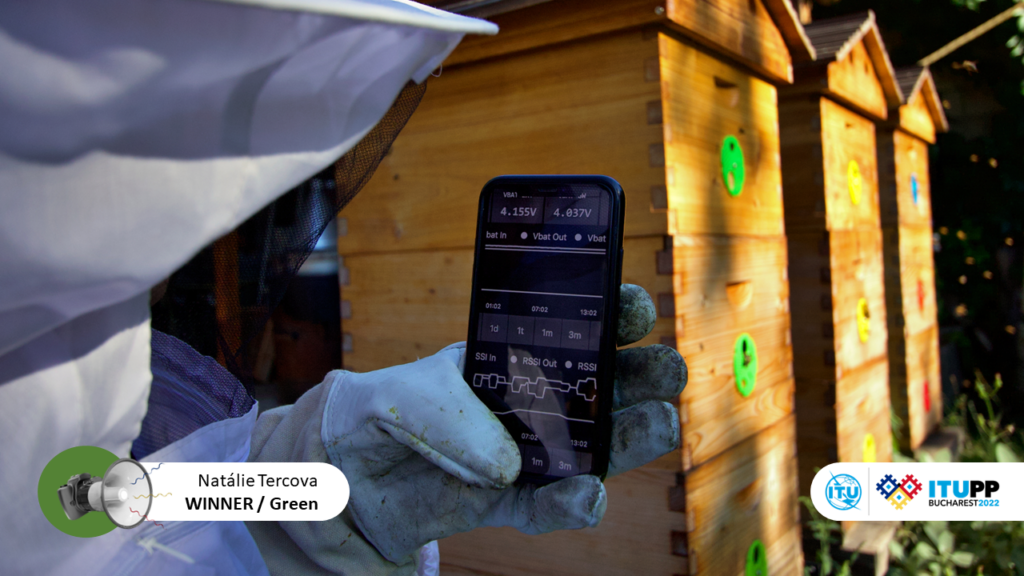
M Joko Apriyo Putro, Indonesia
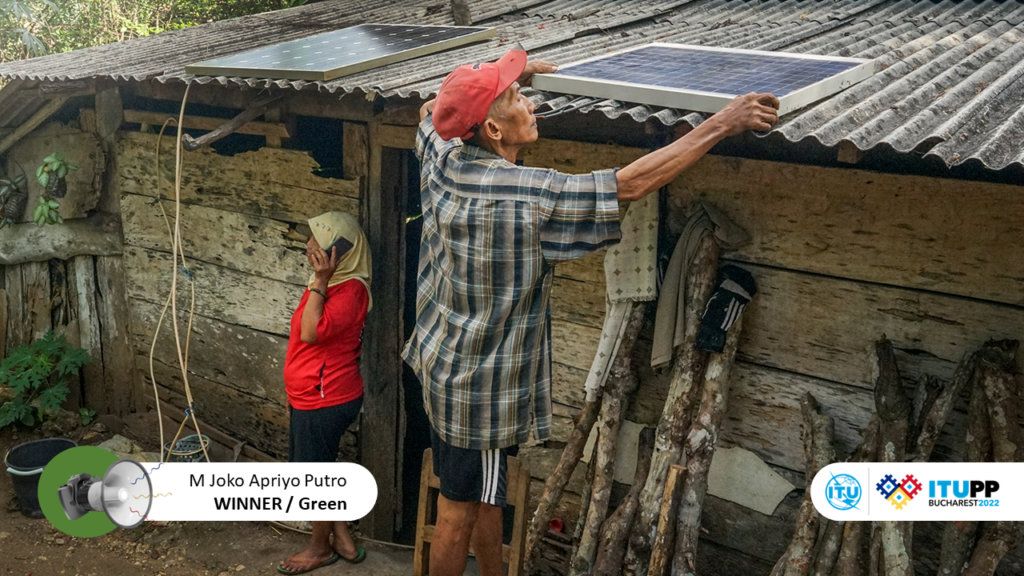
Sudip Maiti, India
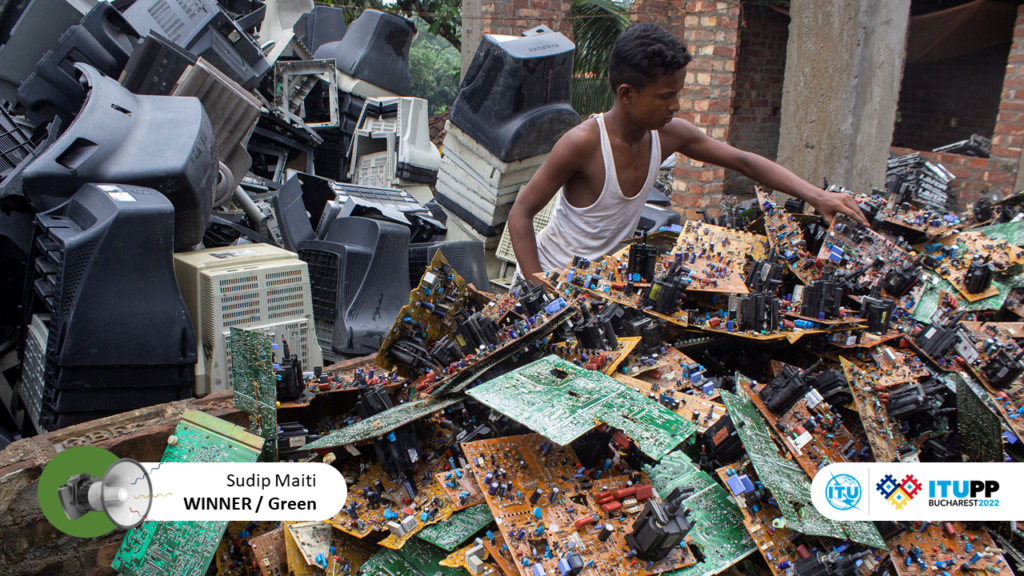
Gender and tech
Kuntal Kumar Roy, India
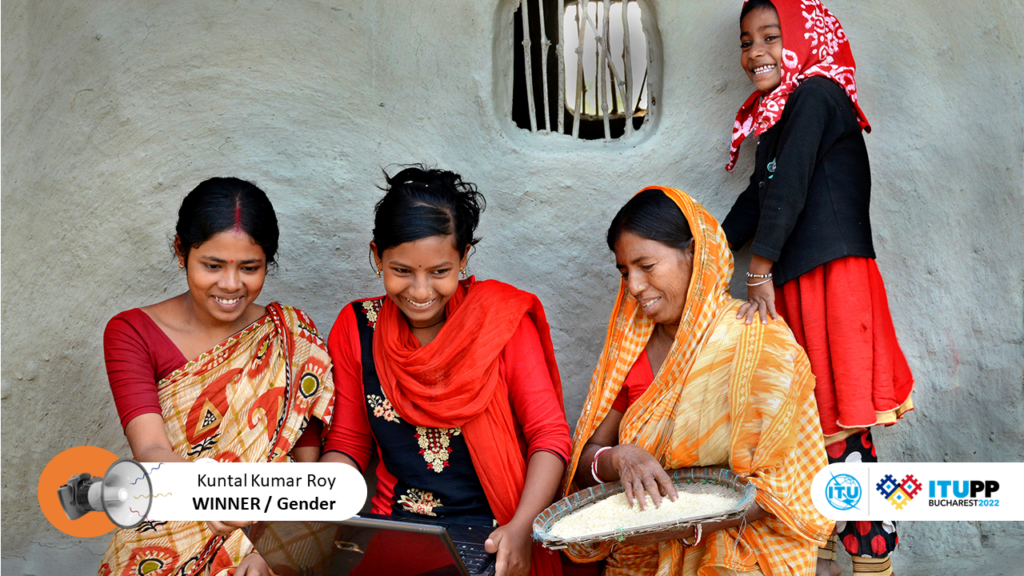
Nimai Chandra Ghosh, India
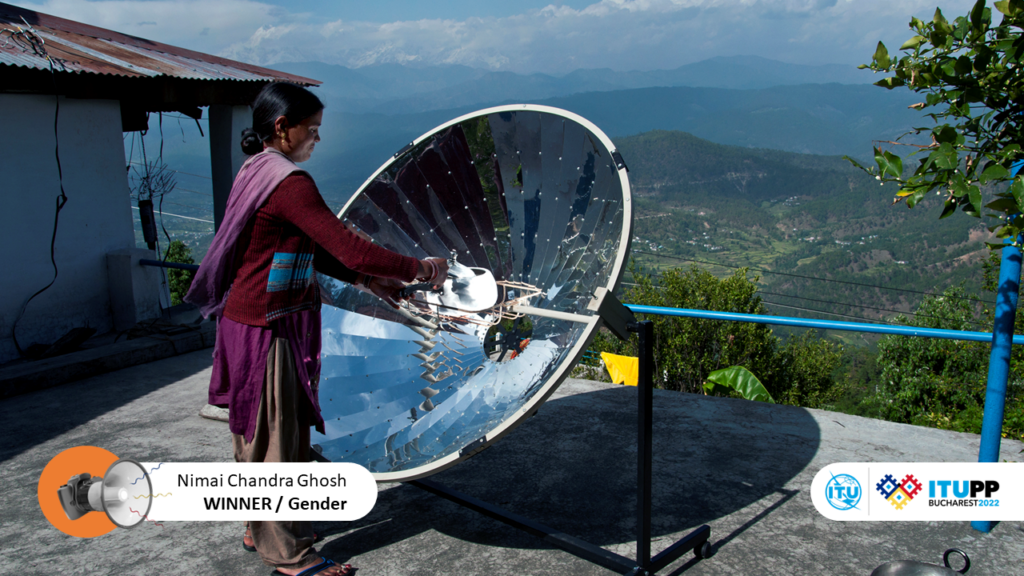
Amadou Diadie Samassekou, Mali
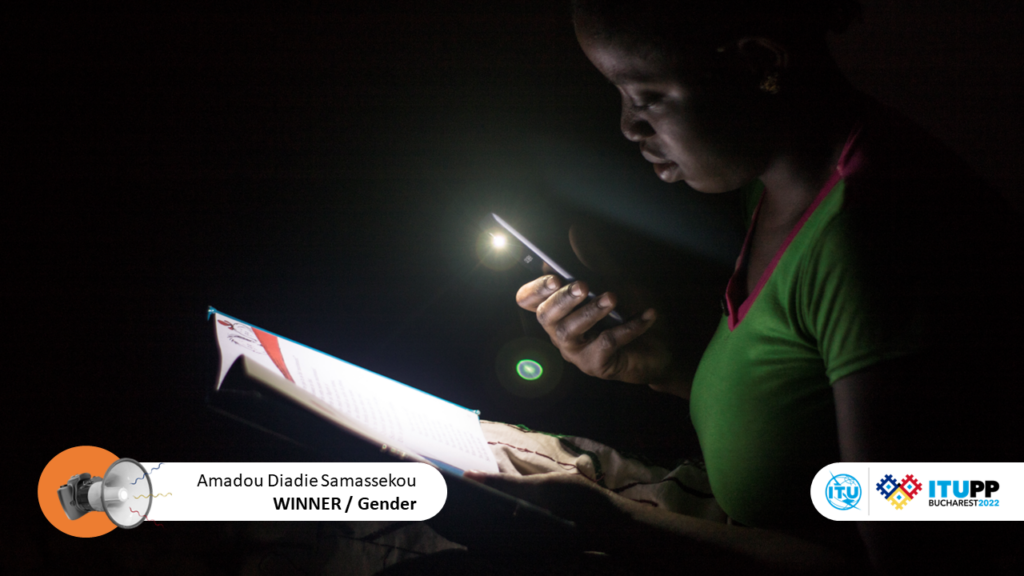
Inclusion and tech
Supriya Biswas, India
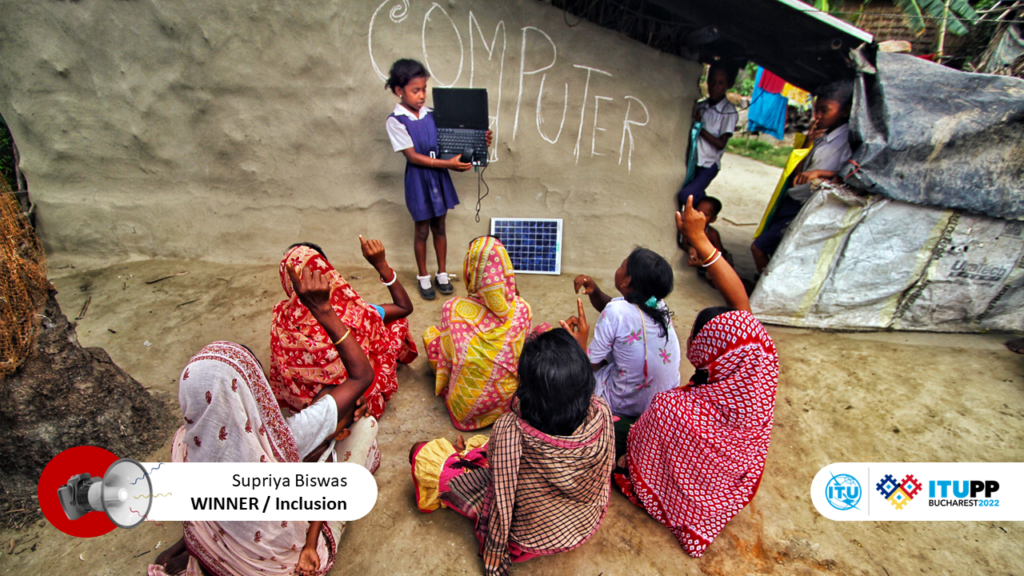
Sukhbat Ochirbat, Mongolia
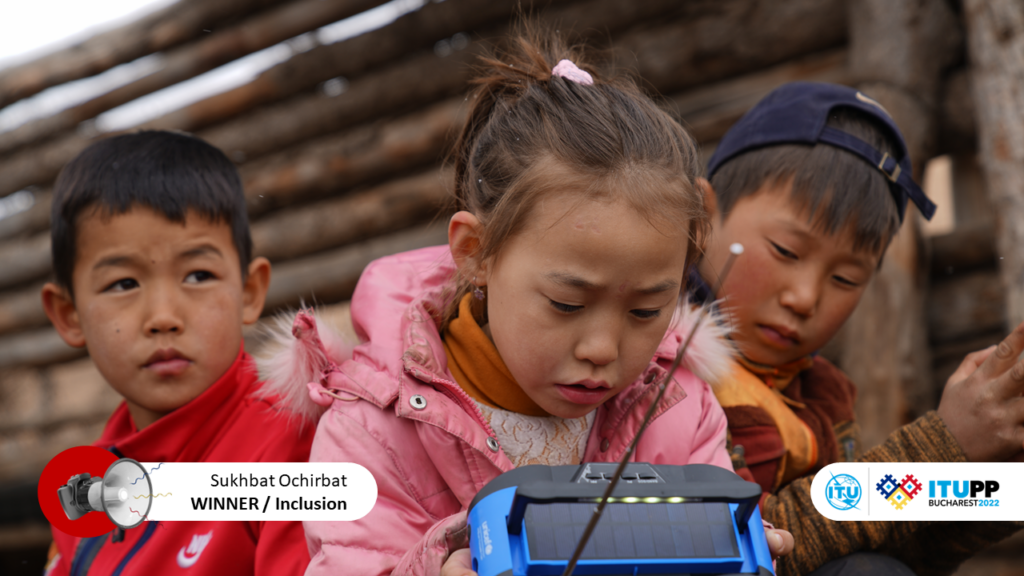
Hellen Vanessa de Carvalho Silva, Brazil
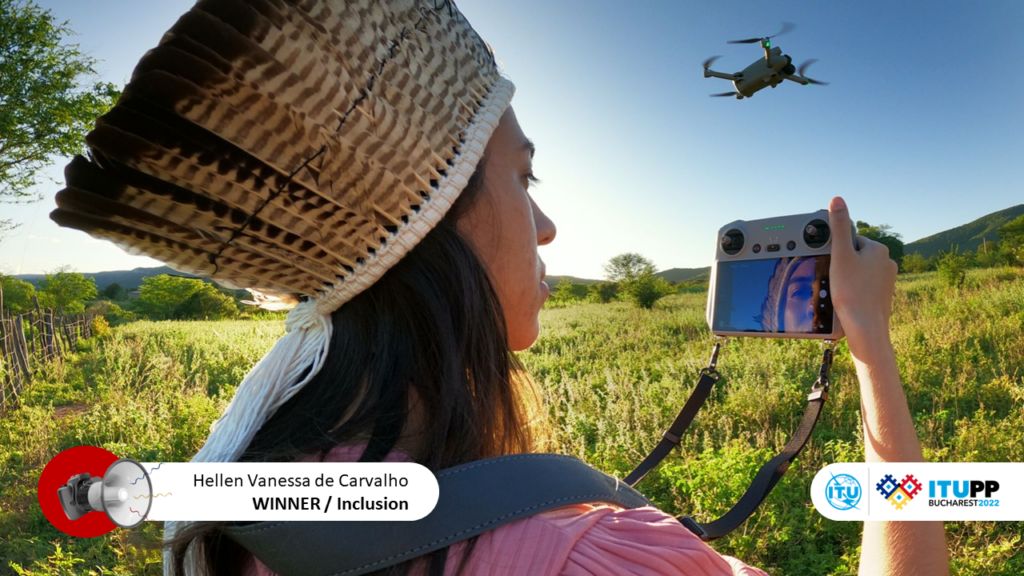
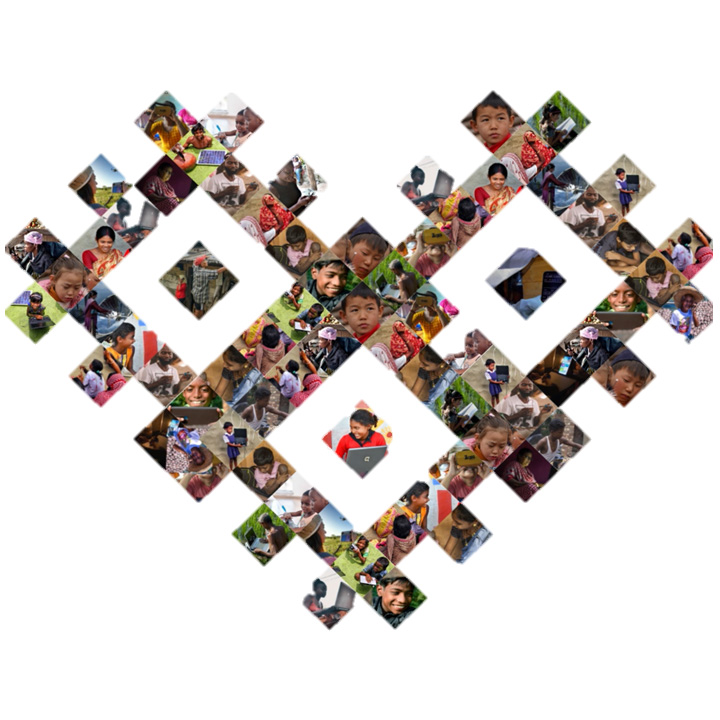
We would like to thank all 273 people from 48 different countries who send us more than 700 pictures.
We are grateful for Meta’s donation of the awards for the 9 winners of the ITU photo competition Tech for Good.
We thank Jury Member “Photographers without Borders” for their professional expertise.
